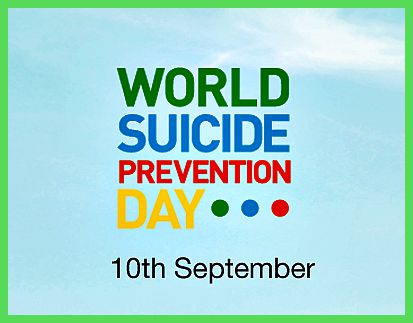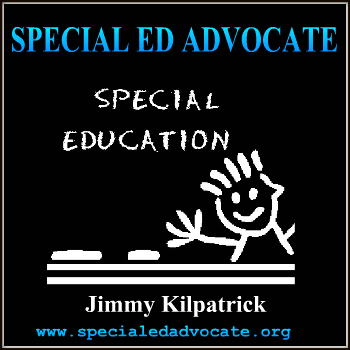Broward Superintendent: Keep Focus on Gun Control, Not ‘Fake News’ on Obama Policy to End ‘School to Prison Pipeline’

Runcie defends the PROMISE policy that drove down the number of minority student arrests and suspensions
Broward County, Florida, superintendent of schools Robert Runcie says it is “fake news” that his PROMISE school leniency program likely allowed accused school shooter Nikolas Cruz to remain under the radar of law enforcement and, therefore, able to purchase the firearm that killed 17 individuals at Marjory Stoneman Douglas High School in February.
On the eve of a left-wing-orchestrated event called “March for Our Lives” – an adult-led protest that uses students to advocate for gun control – Runcie defends the PROMISE policy that drove down the number of minority student arrests and suspensions in his school district by allowing threatening and even violent behaviors to go unreported.
In a column at the Sun Sentinel, Runcie – who once worked for President Barack Obama’s education secretary Arne Duncan in Chicago – mocks the attention paid to the Obama-era Dear Colleague letter that coerced school districts into adopting the policy as a means to supposedly end the “school-to-prison pipeline” for minority students.
The Obama administration threatened school districts with the possibility of federal investigation and loss of funding if their statistics showed disproportionately more minority students arrested and suspended than white and Asian students. The Obama administration praised Runcie’s PROMISE program and likely considered it a model for the rest of the country.
Nevertheless, the Broward County superintendent would prefer the focus to be on “easy access to guns” as the reason Cruz was able to obtain his firearm.
Runcie denies his PROMISE program was at all instrumental in Cruz’s shooting.
“Contrary to media reports, the district has no record of Nikolas Cruz committing a PROMISE eligible infraction or being assigned to PROMISE while in high school,” he writes:
PROMISE is part of the district’s Code Book for Student Conduct & Discipline Policy. It is an intervention program for 13 specific non-violent, misdemeanor infractions, such as petty theft under $300, trespassing, vandalism, alcohol use and disruption of campus.
The district has always been explicitly clear that we have no policies that limit or tie the hands of law enforcement in doing its job in addressing school safety.
Max Eden, a senior fellow at the Manhattan Institute, however, tells Breitbart News Runcie’s explanation warrants a closer look.
“Runcie’s careful formulation contains a falsehood, several omissions, and obfuscations,” Eden says. “It doesn’t cover middle school, where Cruz racked up about two dozen offenses and was transferred into an intensive behavior management school – without ever getting an arrest record.”
“Runcie claims that PROMISE only covered ‘non-violent’ offenses,” Eden observes. “That’s just straight false. The 2013 version covered assault and fighting; the 2016 version covered ‘affray,’ i.e., fighting. That means Cruz’s fights were only deemed non-PROMISE eligible based on administrator discretion, not policy.”
“Given that Cruz is alleged to have threatened students, it’s also worth noting that ‘threats’ are a PROMISE-eligible offense,” he continues. “Perhaps those incidents weren’t recorded as threats. Students have reported that Cruz brought bullets and knives to school. Perhaps those incidents weren’t recorded at all. Or perhaps they were and Runcie’s statement eludes them; the discipline matrix doesn’t highlight Class B Weapons as a PROMISE-eligible Incident.”
Eden urges a careful look at “the hurdles Runcie built into the new discipline matrix.”
“After failing to get Cruz involuntarily committed to a mental institution, the school developed a plan: don’t let him bring a backpack because maybe he’ll kill everyone,” he explains. “Then he commits an assault. Used to be, there were four categories for assault and you could call the cops for three. But now, there were three categories and you could only call the cops for the most serious form of assault. So, despite everything about his record and insane behavior, policy prohibited administrators from sending him to law enforcement when he committed that assault … three weeks before he legally bought an AR-15.”
The 2016 PROMISE collaborative agreement among the school district, law enforcement, and community partners – such as the NAACP – also resolves that the parties “follow the letter and spirit of the ESSA [federal Every Student Succeeds Act] provisions to reduce exclusionary disciplinary practices, while implementing prevention and intervention programs for children and youth who are neglected, delinquent, or at-risk.”
“The parties will also follow the Department of Justice and Department of Education Guidelines on School Climate and Discipline,” the PROMISE agreement states.
At a recent Heritage Foundation panel focused on the reported disorder that has resulted from the Obama-era school leniency policy, U.S. Civil Rights Commissioner Gail Heriot, a professor of law at the University of San Diego School of Law, observed that the Obama administration essentially told schools that if teachers and principals are disciplining proportionally more African American students than white or Asian students, “we’re coming after you with massive investigations and threats to cut off your funding.”
“Under this approach it’s not actual race discrimination that gets schools in trouble,” Heriot noted. “It’s having ‘bad numbers.’”
“Nobody disputes that African American students are disciplined at higher rates than white students or Asian students nationally,” she observed. “But what if the reason for that is that African Americans misbehave more often, and what if the cost of failure to discipline those students falls on their fellow African American students who are trying to learn amid classroom disorder?”
Heriot also emphasized that white students get disciplined at rates higher than Asian students and that boys get disciplined at higher rates than girls.
“Yet, no one seems very interested in those bad numbers,” she asserted.
According to Heriot, it is “virtually undisputed that students who come from disadvantaged backgrounds are more likely to misbehave in school than students from middle-class backgrounds.”
However, the U.S. Civil Rights commissioner said research shows that prior problem behavior is the best predictor of who will get suspended from school – and not race.
She observes the Obama-era policy has produced two “severely negative effects”:
First, it’s caused schools to back away from discipline generally, with the result of more chaotic classrooms. Second, it has led to real discrimination, where white and Asian students on the one hand, and African American students on the other, operate under different discipline rules – all in order to make the numbers look good.
Heriot urges the Trump U.S. Education Department to withdraw the Dear Colleague letters establishing the lenient discipline policy and put teachers and principals back in charge.













